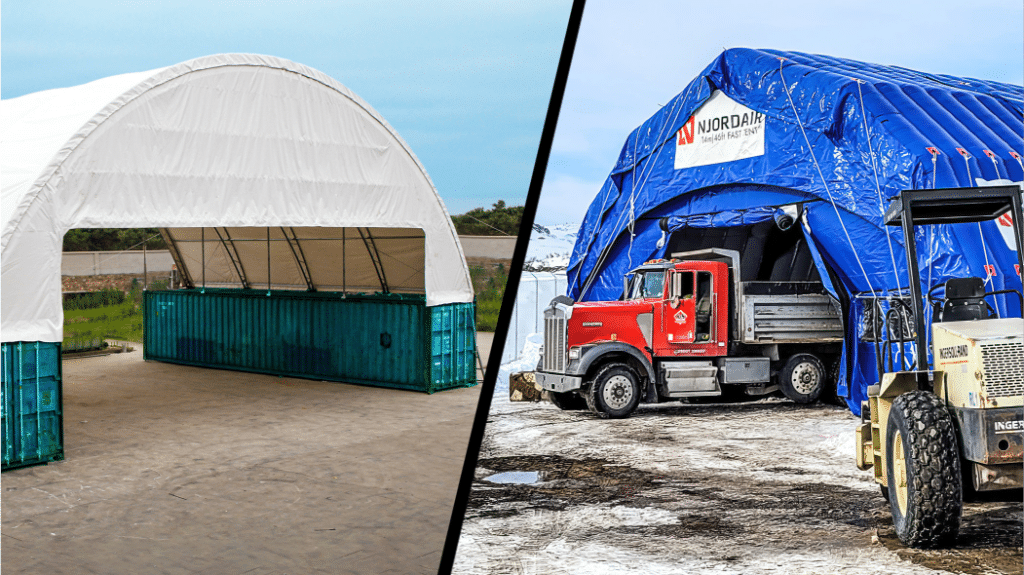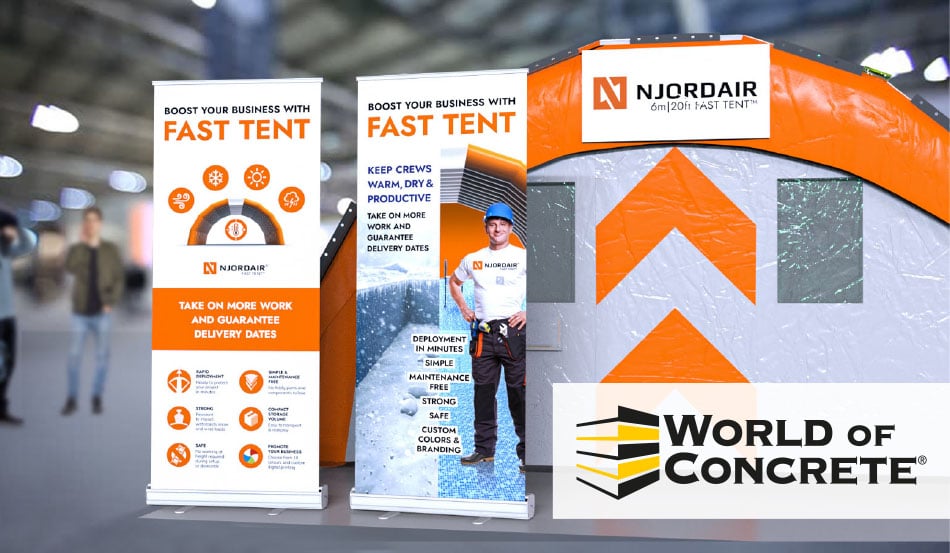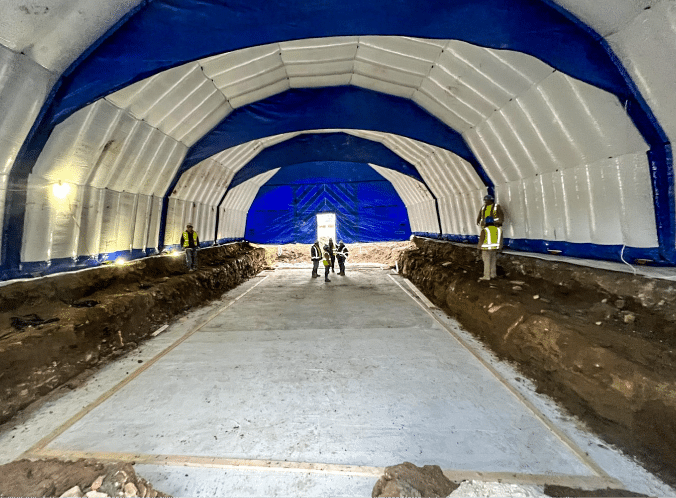Container Shelter or Inflatable Building? How Do They Compare?
Container shelters and inflatable buildings are both innovative solutions in the realm of temporary and portable structures, each with unique features and applications. Comparing these two options involves evaluating factors such as mobility, setup time, versatility, durability, and cost-effectiveness. Here, we delve into the distinctions between container shelters and inflatable buildings.

Mobility & Setup
One of the primary distinctions lies in mobility and setup. Container shelters are typically transported as prefabricated units using shipping containers. While they offer mobility, the process involves transporting large, heavy containers, which may require specialized equipment for handling. In contrast, inflatable buildings are inherently more mobile. They can be deflated, packed into a compact size, and easily transported to the desired location. The setup of inflatable buildings is generally quicker and involves inflating the structure, making them highly suitable for dynamic or changing environments.
Design Versatility
In terms of versatility, inflatable buildings have the upper hand. Their inflatable nature allows for creative and customizable designs, including various shapes, sizes, and configurations. This adaptability is particularly beneficial for temporary structures where a unique and eye-catching design is desired. Container shelters, while versatile to some extent, may have limitations in design due to the fixed structure of shipping containers.
Durability & Stability
Durability is a critical consideration for temporary structures, especially in challenging environments. Container shelters, being constructed from steel shipping containers, are robust and provide a stable framework. They are well-suited for situations where a sturdy and secure structure is essential. Inflatable buildings, on the other hand, are constructed from durable materials and reinforced seams. While they may not offer the same level of physical robustness as containers, they are designed to withstand diverse weather conditions and provide stability when properly anchored.
Adaptability
Both container shelters and inflatable buildings can be adapted to various environments, but their suitability depends on specific requirements. Container shelters may be more fitting for areas where secure structure is needed. Inflatable buildings, due to their more lightweight and flexible nature, are particularly advantageous in dynamic environments, such as events, disaster response, and temporary installations.
Cost-effectiveness
The cost-effectiveness of these structures depends on factors like initial investment, transportation, setup time, and maintenance. Container shelters may have a higher upfront cost due to the use of steel shipping containers whilst inflatable buildings are often more cost-effective in terms of transportation, setup, and customization.
In conclusion, the choice between container shelters and inflatable buildings depends on specific requirements and the intended use of the structure. Container shelters offer robustness and security, making them suitable for certain industrial applications. Inflatable buildings, with their flexibility and quick deployment, excel in dynamic environments and situations where rapid deployment and mobility is paramount. Understanding the distinct features of each option helps in making informed decisions based on the unique needs of a project or application.



